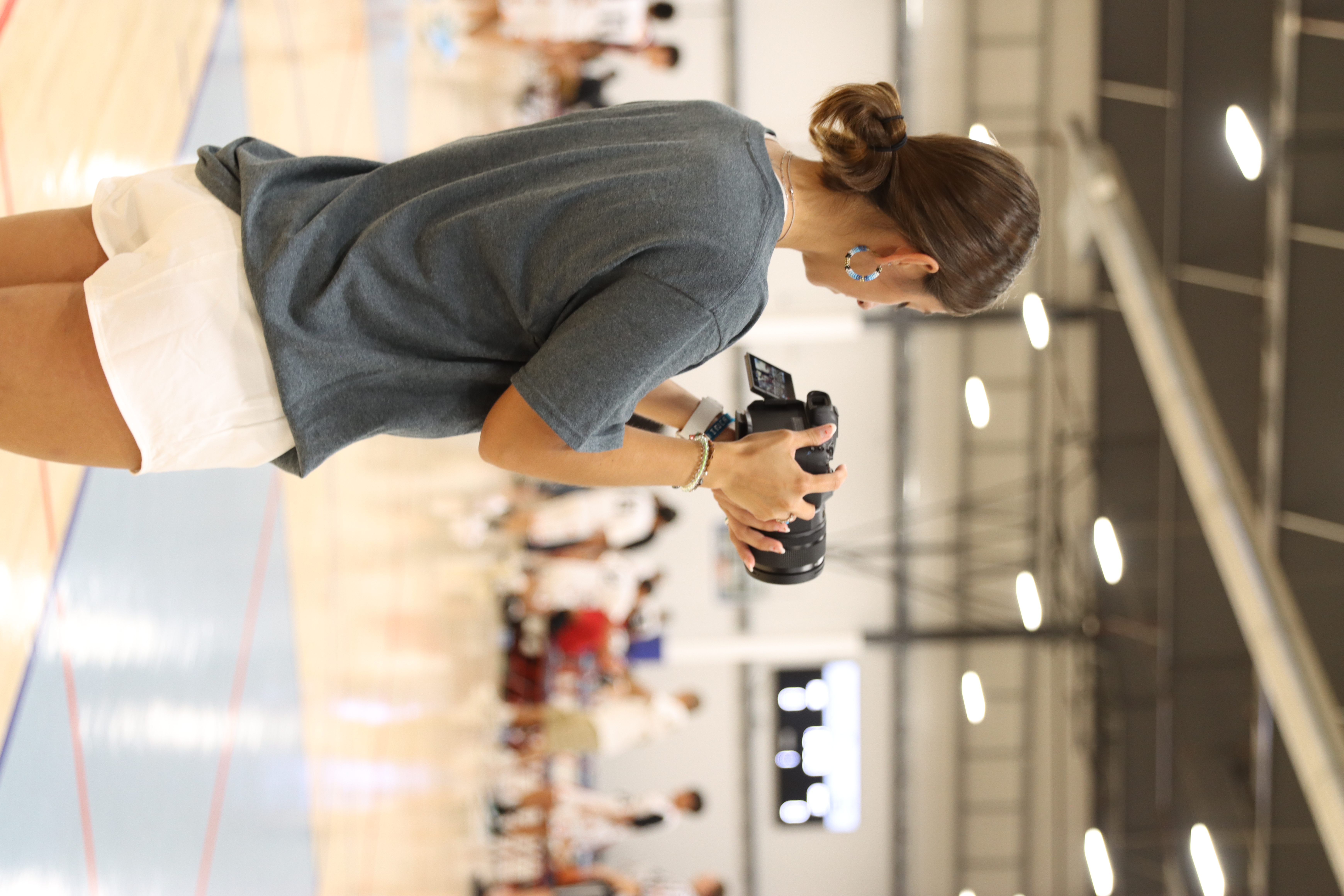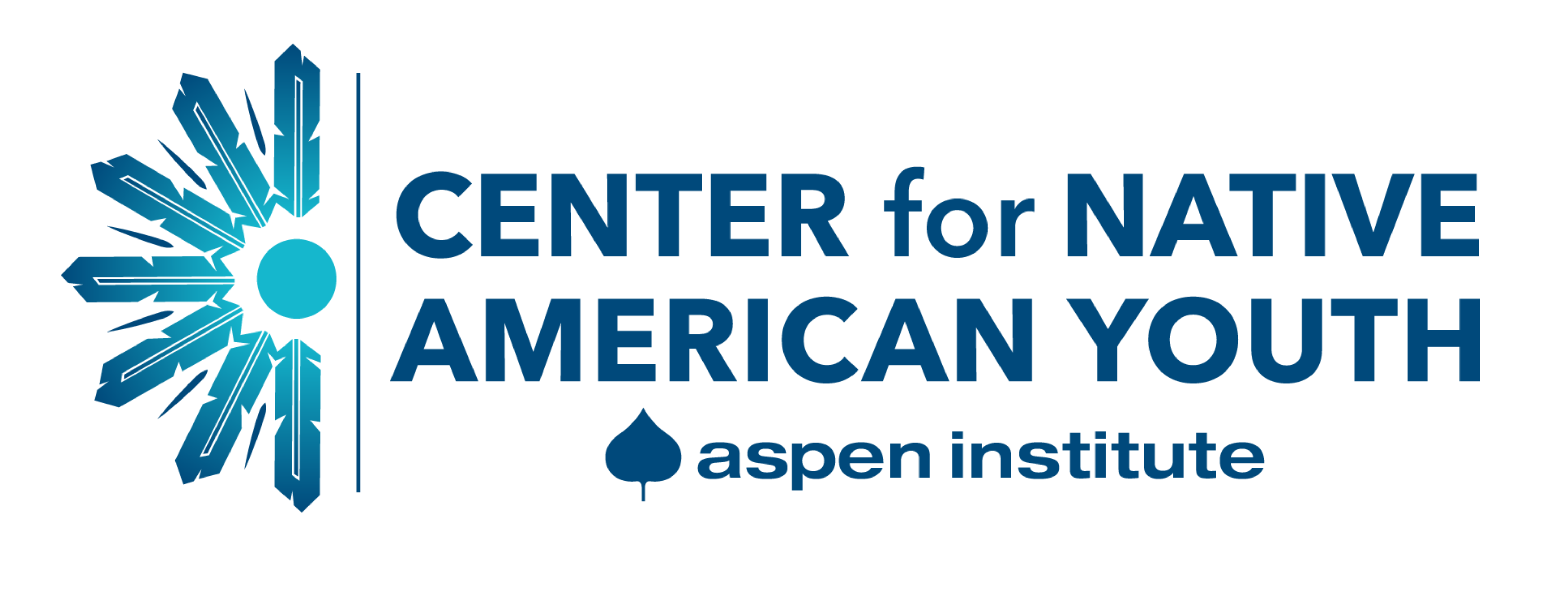My name is Carrie Johnson, and I am currently a 23-year-old graduate student at New York University earning my Master’s in News and Documentary. I have ambitions to pursue a career in broadcasting, audio and print journalism, and have a special passion for filmmaking, creative writing and connecting to my Chickasaw and Pawnee heritage.
In my Chickasaw culture, there are people who are called “Keepers of the Flame.” These individuals learn our tribe’s stories through the oral tradition and carry them to the next generation of youth. My parents have been teachers and coaches my whole life, and our travels across Texas and Oklahoma have been weaving a story that I cup in my hands and am compelled to continue holding. As I have been experiencing life, I share these stories I cradle like water from a well. The role of the “Keeper of the Flame” is one I feel particularly drawn to.

Most recently, I received a grant from Running Strong for American Indian Youth for their Dreamstarter® program. With this grant, I am directing the short documentary film entitled “A Breath on the Flames,” which seeks to fan the flames and stories of our people. This documentary will highlight the history of how basketball was introduced to Native communities and the way the sport symbolizes our resiliency today.
Basketball was introduced to Native youth during the time of the federal boarding school era, where government institutions attempted to erase our culture and assimilate us into white society. Those running the schools tried to use the introduction of the sport as a way to push Native youth into the white man’s game. However, Native peoples took this sport from a place that tried to wipe away culture and made it our own, integrating it into our culture and using it as a symbol of perseverance.
I am using the Running Strong Dreamstarter grant to shine a light on the history of basketball in Native communities, highlighting a number of Indigenous athletes, following teams on their progression throughout the season and year, and addressing athletic successes and setbacks with basketball in connection to various Native communities. The broad goals are for the documentary to act primarily as an educational tool, but also as an entertaining celebration of how this specific sport and its introduction to our community has impacted our culture. Even though basketball came from a darker place and a point of history that is not of particular pride, we have still taken this sport and integrated it to be proud of it. History does not have to shadow the present.
My team, backed by the Indigenous Journalists Association and mostly Indigenous led, is currently following a young male basketball player from Oklahoma who is an enrolled member of the Chickasaw Nation. We are also following a pair of female twins who play on the women’s basketball team at Haskell Indians Nations University from the Prairie Band Potawatomi Nation. Personally, my tribe has given me a community that feels like being part of a larger family. Telling stories and putting a spotlight on who we are as Indigenous peoples is a way for me to give back to my community.
The Indian Boarding Schools cast a shadow on the backs of our people, but basketball is a way that light is puncturing through for many. Our communities deserve to be celebrated, and the documentary I am directing is a celebration of the empowerment that encompasses our communities through basketball.
Carrie Johnson (Chickasaw, Pawnee), collegiate athlete, writer, filmmaker & advocate
—
At the Center for Native American Youth (CNAY), our mission is to improve the health, safety and overall well-being of Native American youth. We work for and with Native youth like you to ensure you have the opportunity to drive your own narrative focused on your strengths, culture and the positive things you do every day.
To be featured on our digital platforms, please complete the CNAY Youth Highlight Form. To date, our social channels – including Facebook, X (Twitter) and Instagram – have a reach of more than 35,000 followers. You can use this form to highlight your solutions to challenges facing your community, showcase your culture, or amplify your latest project, activity or event.
Are you part of a youth council or student group? Show us your work! Do you have an opinion on environmental justice that you want to share? Work with us on a featured blog! Do you want to be a role model for other Native youth? Let us feature you! We can also help you grow skills on social media, writing blogs, interviewing or creating digital content. Questions? Contact Jamie Levitt: jamie.levitt@aspeninstitute.org


 Democracy is Indigenous
Democracy is Indigenous